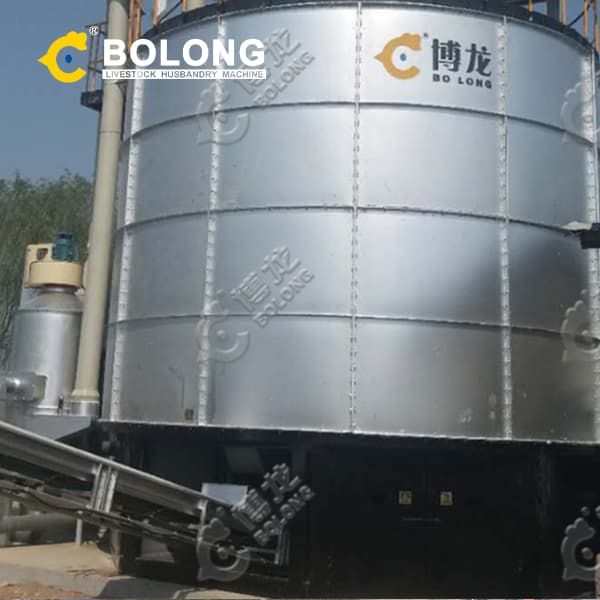
2020/2/1/ · This study investigates the dark fermentation of fruit and vegetable waste under meso-philic conditions (30-34 °C), as a valorization route for H2 and volatile fatty acids production, simulating

mixed vegetable and fruit waste. A 40-l anaerobic floating bioreactor was utilized and the hydraulic retention time was 10 days; one kg of vegetable and fruit wastes at a 1:1 mass ratio produced from the fermentation process of organic materials assisted by anaerobic bacteria in an environment without involving oxygen, biogas is dominated ...
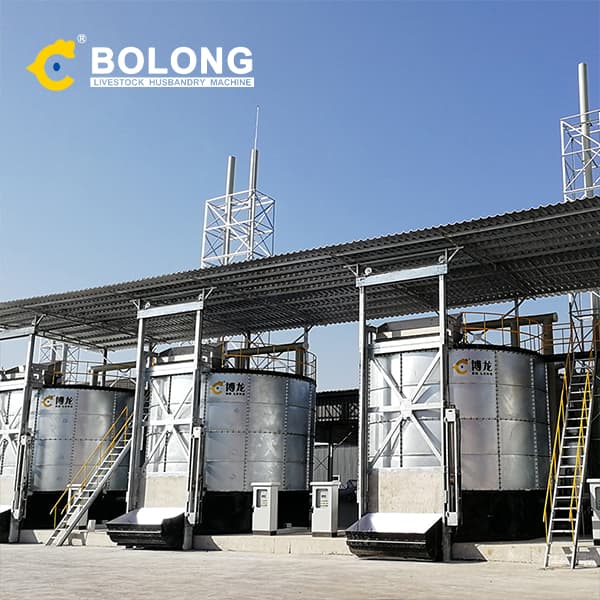
2015/5/19/ · The effect of pH (4.0, 5.0, and 6.0) on acidification and fermentation of fruit and vegetable wastes was investigated using batch and semi-continuous experiments under mesophilic condition. Results showed that fermentation types change with pH variation. The pH of acidification system containing fruit and vegetable wastes could
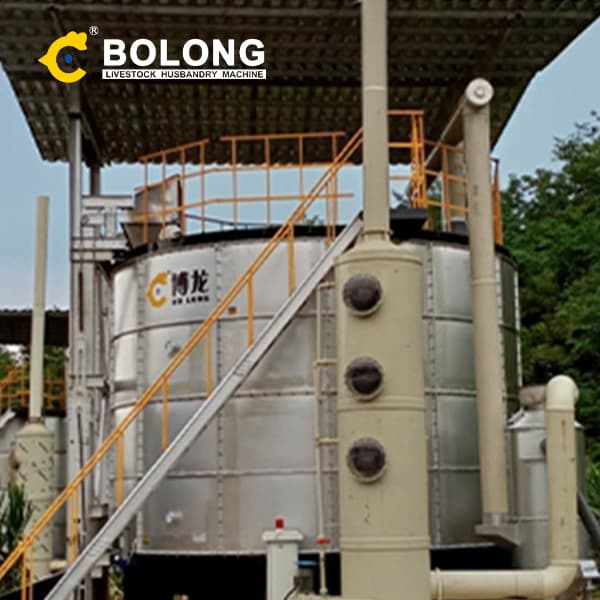
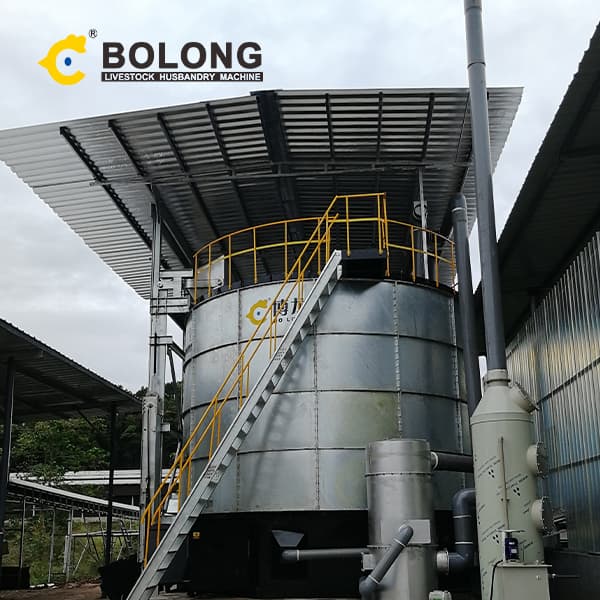
2024/3/20/ · Biohydrogen refers to the production of hydrogen gas (H2) from organic wastes through microorganisms for renewable and sustainable energy sources and recycling operations. The present research work aims for anaerobic digestion of organic waste, i.e. orange peel, core, and skeletons, as a remarkable feedstock for the production of
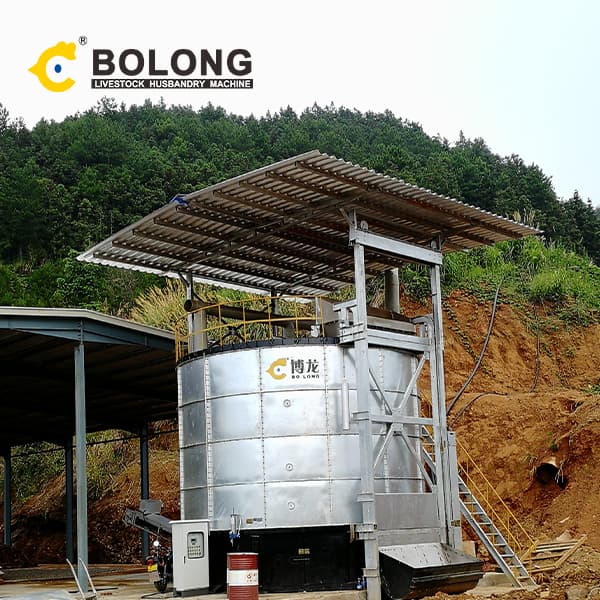
2022/2/1/ · This study examined the performance and microbial community dynamics of an anaerobic volatile fatty acid (VFA) production reactor for treating fruit waste by
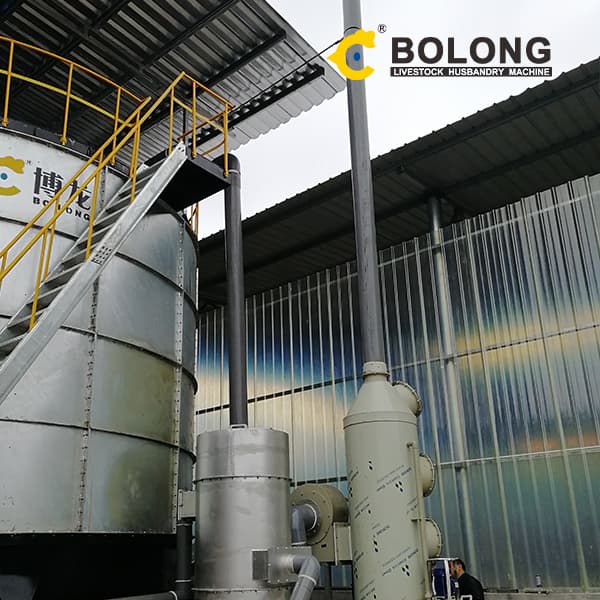
2020/4/7/ · The conversion and recycling of organic waste play a positive role in addressing environment pollution, global energy and resource shortage. Using anaerobic fermentation technology to treat organic solid waste efficiently can promote the synthesis and preparation of different acidification products and the processing and application of
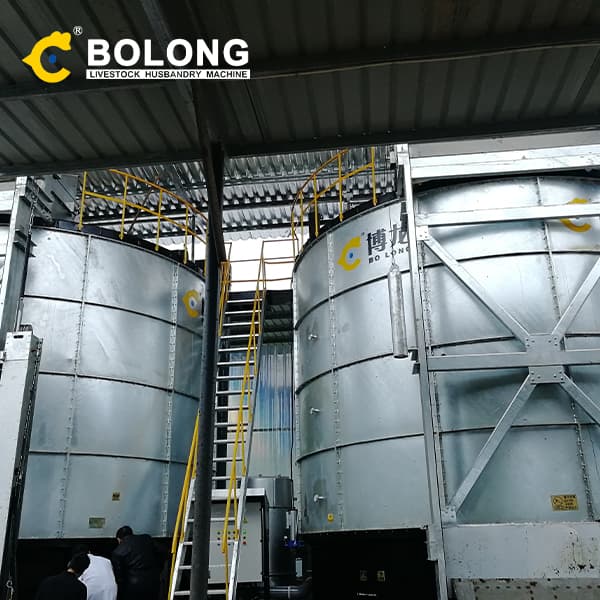
2012/10/1/ · Bouallagui et al. (2003) carried out anaerobic digestion experiments of fruit and vegetable waste in a tubular digester. Contrary to this study (and although the used reactor system is a tubular reactor) Bouallagui et al. (2003) found a correlation between increasing feed concentration or HRT and decreasing methane concentration in the
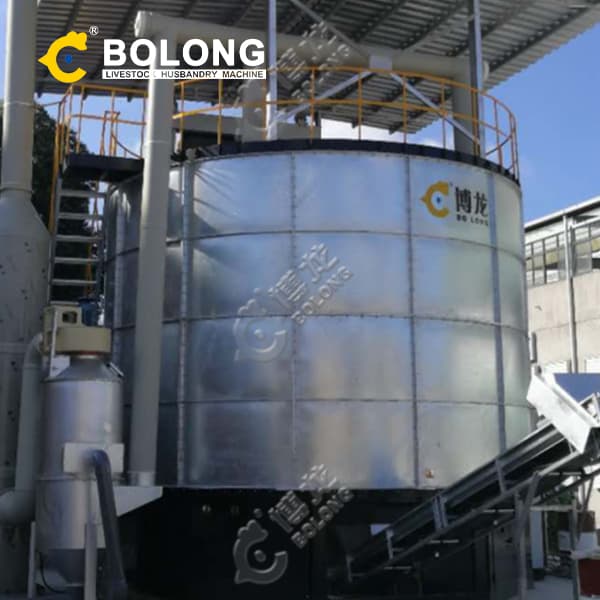
2021/5/1/ · 1. Introduction. Fruit and vegetable waste (FVW) constitutes a major part of municipal solid waste. As a country with large population, China disposes of about 90 million tons FVW in landfills every year (Mu et al., 2017).Less than 20% among them can be treated properly, causing various environmental and health hazards (Shen et al., 2013).Due to its
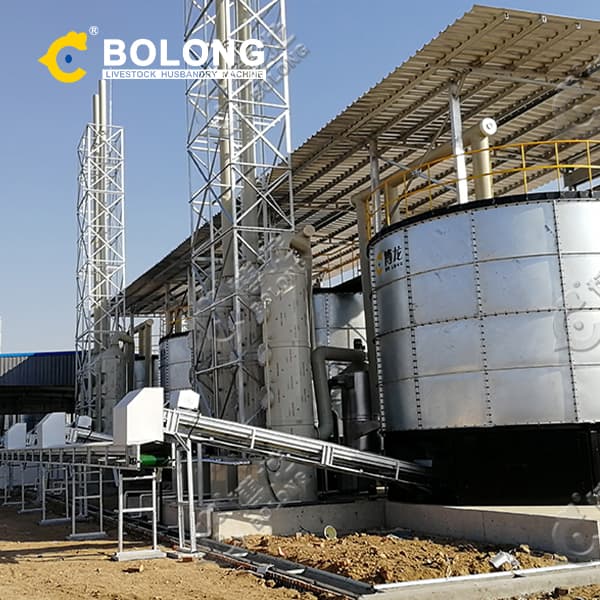
2024/2/20/ · Concurrently, (Rasi et al., 2022), while studying the anaerobic fermentation process of food waste from different hotels, found that the lipid content in various types of food waste did not significantly decrease before and after the reaction. In fact, the lipid content in the FW3 group increased post-reaction due to the reduction of
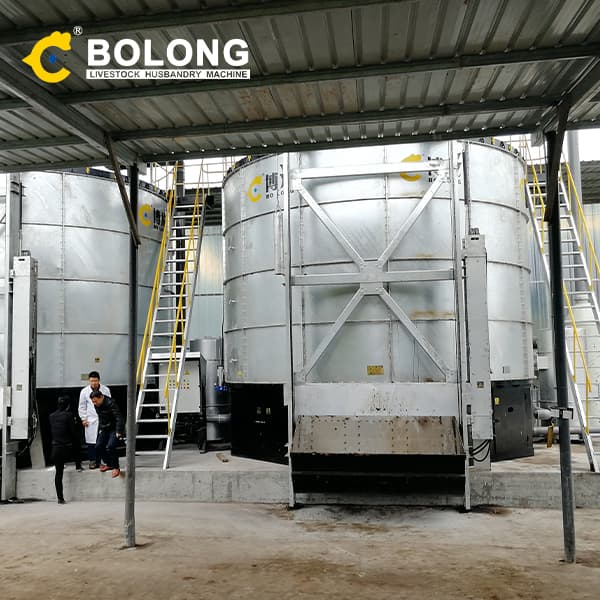
2020/2/18/ · The effect of ZMS‐5 Zeolite loading (0.2–1.0 g) on biohydrogen production via dark fermentation from mixed fruit waste (MFW) was investigated using anaerobic sludge from a sewage treatment plant.
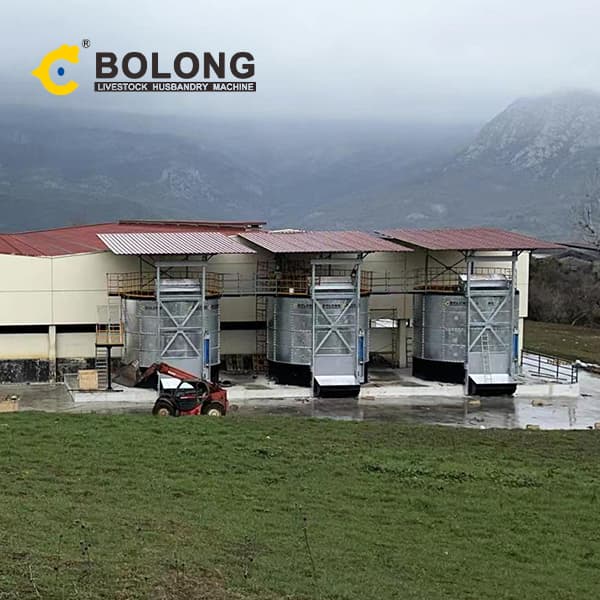
2022/10/1/ · Orange peel waste (OPW) and sewage sludge (SS) valorization for volatile fatty acids (VFAs) production from anaerobic co-fermentation are attractive and feasible. The highest VFAs reached 11996.3 mg COD/L within 10 d at the mass ratio (TS/TS) of 1:1, which was approximately 30-fold of that in sole SS fermentation.
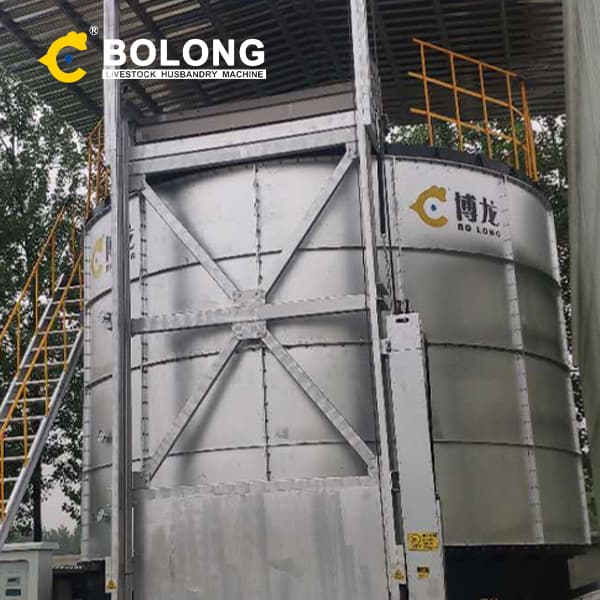
2022/7/4/ · The depletion of fossil fuels coupled with stringent environmental laws has encouraged us to develop sustainable renewable energy. Due to its numerous benefits, anaerobic digestion (AD) has emerged as an environment-friendly technology. Biogas generated during AD is primarily a mixture of CH4 (65–70%) and CO2 (20–25%) and a
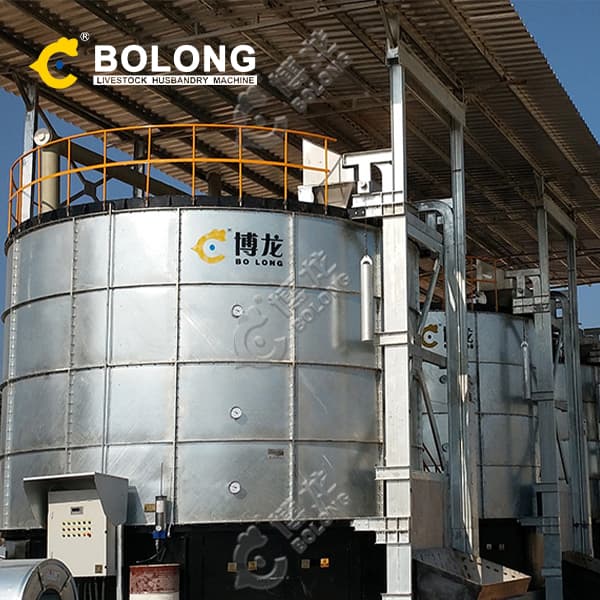
2019/3/28/ · Fruit waste and cheese whey were mixed (50%:50% V/V) prior to mix with waste activated sludge. Then, the mixed fruit waste and cheese whey was combined with waste activated sludge as substrate for the inoculums. The ratio between the inoculum and substrate (I/S) was considered as 2 in this study for better activity of anaerobic …
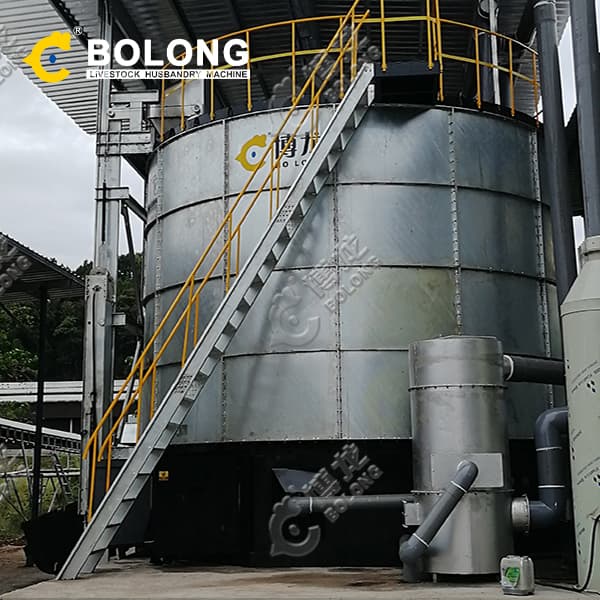
2004/5/1/ · This study was conducted to improve hydrogen fermentation of food waste in a leaching-bed reactor by heat-shocked anaerobic sludge, and also to investigate the effect of dilution rate (D) on the production of hydrogen and metabolites in hydrogen fermentation.Among various reaction constraints affecting the fermentation of food …